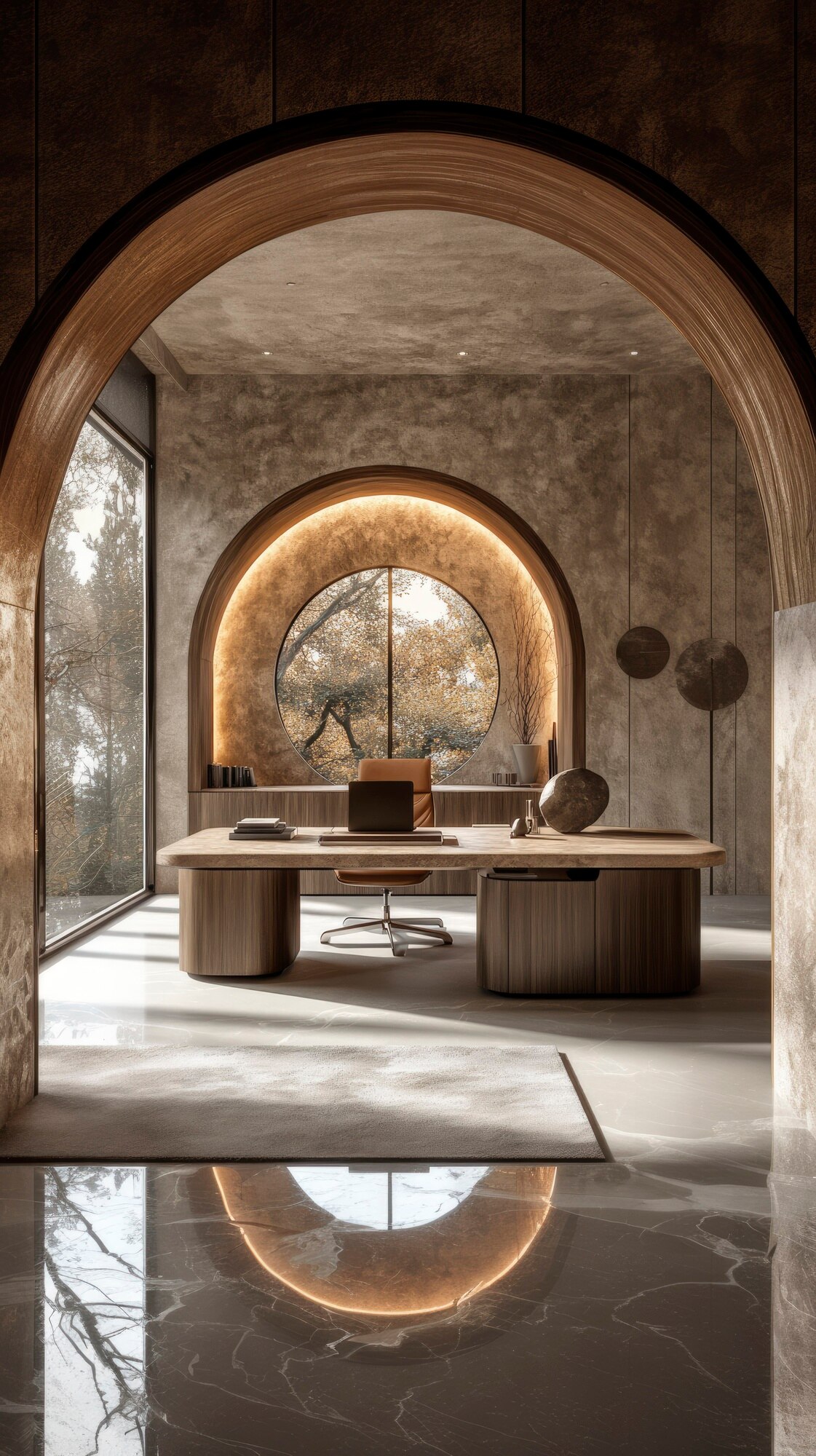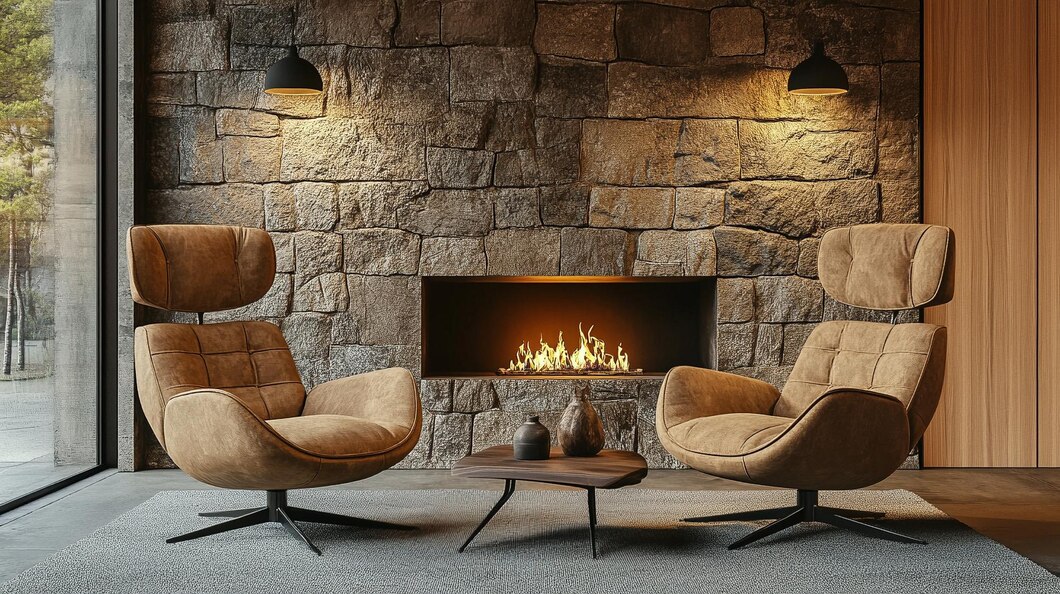
Introduction to Italian Marble: A Legacy of Luxury
Introduction to Italian Marble: A Legacy of Luxury
When it comes to luxury interiors, few materials can rival the elegance and prestige of Italian marble. Synonymous with opulence, durability, and timeless beauty, Italian marble has been revered for centuries by architects, sculptors, and interior designers alike. From the majestic sculptures of Michelangelo to the lavish floors of royal palaces, this stone has become a global symbol of artistic and architectural excellence.
In this blog, we’ll delve into the origins, features, types, and uses of Italian marble — and why it continues to be the material of choice for creating sophisticated and high-end spaces.
The Rich Heritage of Italian Marble
Italy has long been regarded as the epicenter of the world’s finest natural stones, and Italian marble plays a key role in that reputation. The history of Italian marble dates back to Roman times when it was used to construct grand temples, public baths, and statues. The marble quarries of Carrara, located in Tuscany, were particularly famous for producing white marble that would go on to shape the world’s greatest masterpieces.
Michelangelo’s iconic sculpture of David was carved from a single block of Carrara marble, a testament to the stone’s incredible quality and workability. Over the centuries, the use of Italian marble expanded from art to architecture, gaining popularity among European aristocracy and later, modern-day luxury projects across the globe.
Why Choose Italian Marble?
Italian marble is not just about visual appeal—it is a blend of quality, craftsmanship, and heritage. Here’s why it stands apart from other marbles:
1. Superior Aesthetic Appeal
Italian marble is known for its crystal-clear whiteness, intricate veining, and polished finish. The colors and patterns found in Italian marble are both diverse and refined, ranging from soft whites and greys to deep golds and browns.
2. Exceptional Quality
Italy’s marble is often denser and more durable than many of its global counterparts. It resists chipping and cracking and takes polish better, offering a smooth, mirror-like surface that reflects light beautifully.
3. Legacy of Craftsmanship
Quarrying and processing Italian marble is an art form passed down through generations. Italian stoneworkers are among the most skilled in the world, ensuring that every slab is cut, finished, and treated with precision.
Popular Types of Italian Marble
There are several varieties of Italian marble, each offering unique colors and characteristics. Here are some of the most sought-after types:
1. Carrara Marble
Arguably the most famous Italian marble, Carrara is known for its subtle grey veining and bright white background. It’s often used in bathrooms, sculptures, and minimalist luxury interiors.
2. Statuario Marble
Rarer than Carrara, Statuario has more pronounced veining and a whiter background, making it ideal for high-end flooring, feature walls, and countertops.
3. Calacatta Marble
Calacatta is considered even more luxurious than Carrara, featuring dramatic veining in gold or grey tones over a pure white base. It is frequently used in statement designs and exclusive interior spaces.
4. Botticino Marble
This warm-toned marble features soft beige hues with delicate veins, making it a popular choice for flooring in both residential and commercial spaces.
5. Rosso Levanto
A deep red marble with striking white veins, Rosso Levanto adds bold sophistication to walls, furniture, and accent decor.
Applications of Italian Marble in Modern Design
Today, Italian marble is used across a wide array of interior and exterior applications:
-
Flooring: Creates a grand and polished look in foyers, living rooms, and hotels.
-
Wall Cladding: Adds texture and depth to feature walls and lobbies.
-
Countertops: Especially popular in high-end kitchens and bathrooms.
-
Staircases: Marble stairs are a hallmark of luxury villas and commercial buildings.
-
Furniture and Decor: Coffee tables, dining tables, and even lighting fixtures are being crafted using Italian marble.
Its ability to elevate both classic and contemporary spaces makes it a favorite among architects and designers worldwide.
Care and Maintenance
While Italian marble is strong and durable, it does require some care to maintain its beauty over time:
-
Sealing: Sealing your marble periodically helps prevent staining from liquids and oils.
-
Cleaning: Use pH-neutral cleaners and avoid acidic substances like vinegar or lemon juice.
-
Polishing: Regular polishing helps maintain the natural luster and removes minor scratches.
With proper care, Italian marble surfaces can last for decades without losing their charm.
Final Thoughts
Italian marble is more than just a building material — it’s a legacy carved from nature and shaped by centuries of craftsmanship. Its elegance, quality, and historical significance make it an unmatched choice for those who seek timeless luxury in their interiors.
Whether you are renovating your home or designing a commercial masterpiece, choosing Italian marble means investing initalain marble beauty, sophistication, and enduring value.



